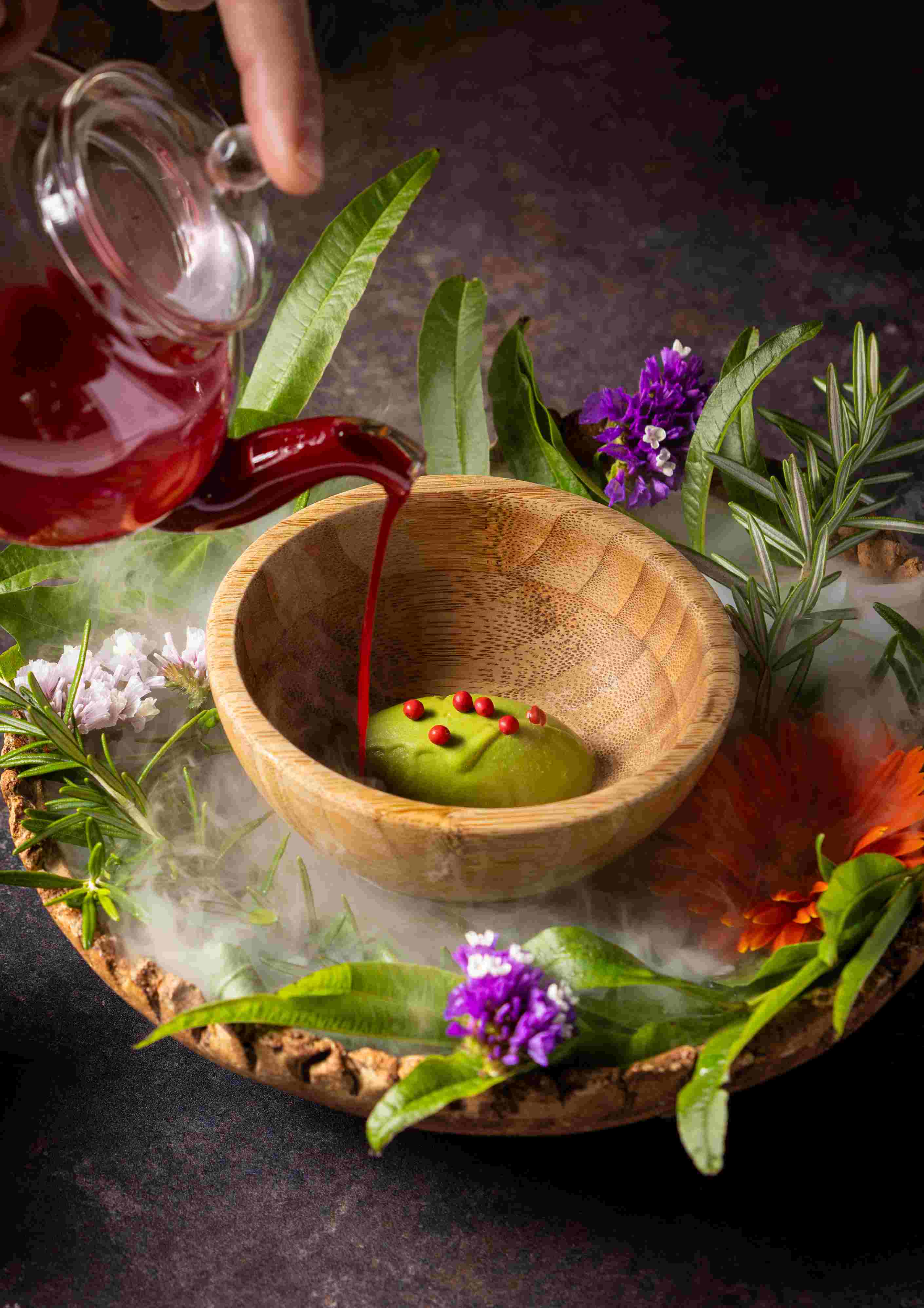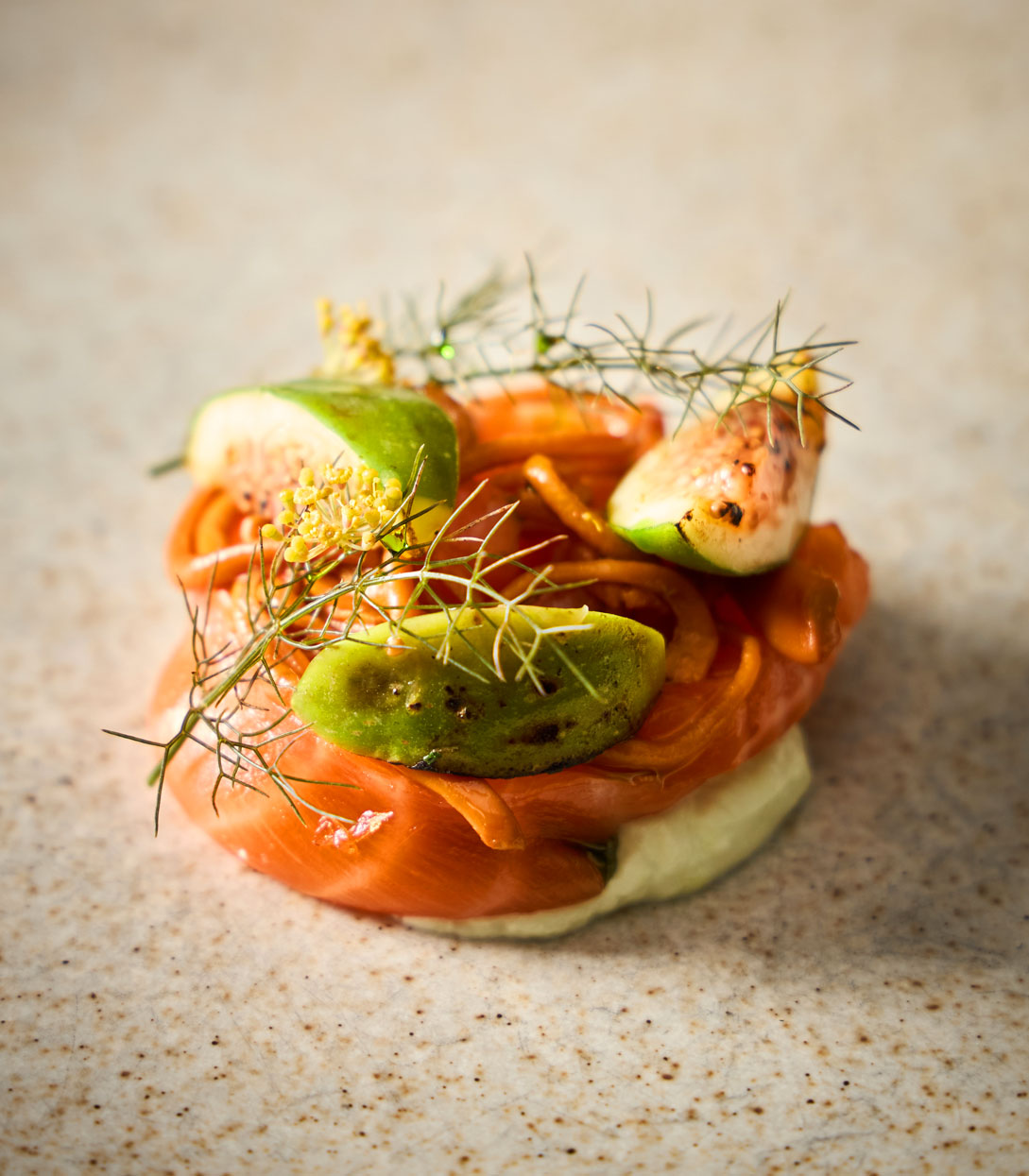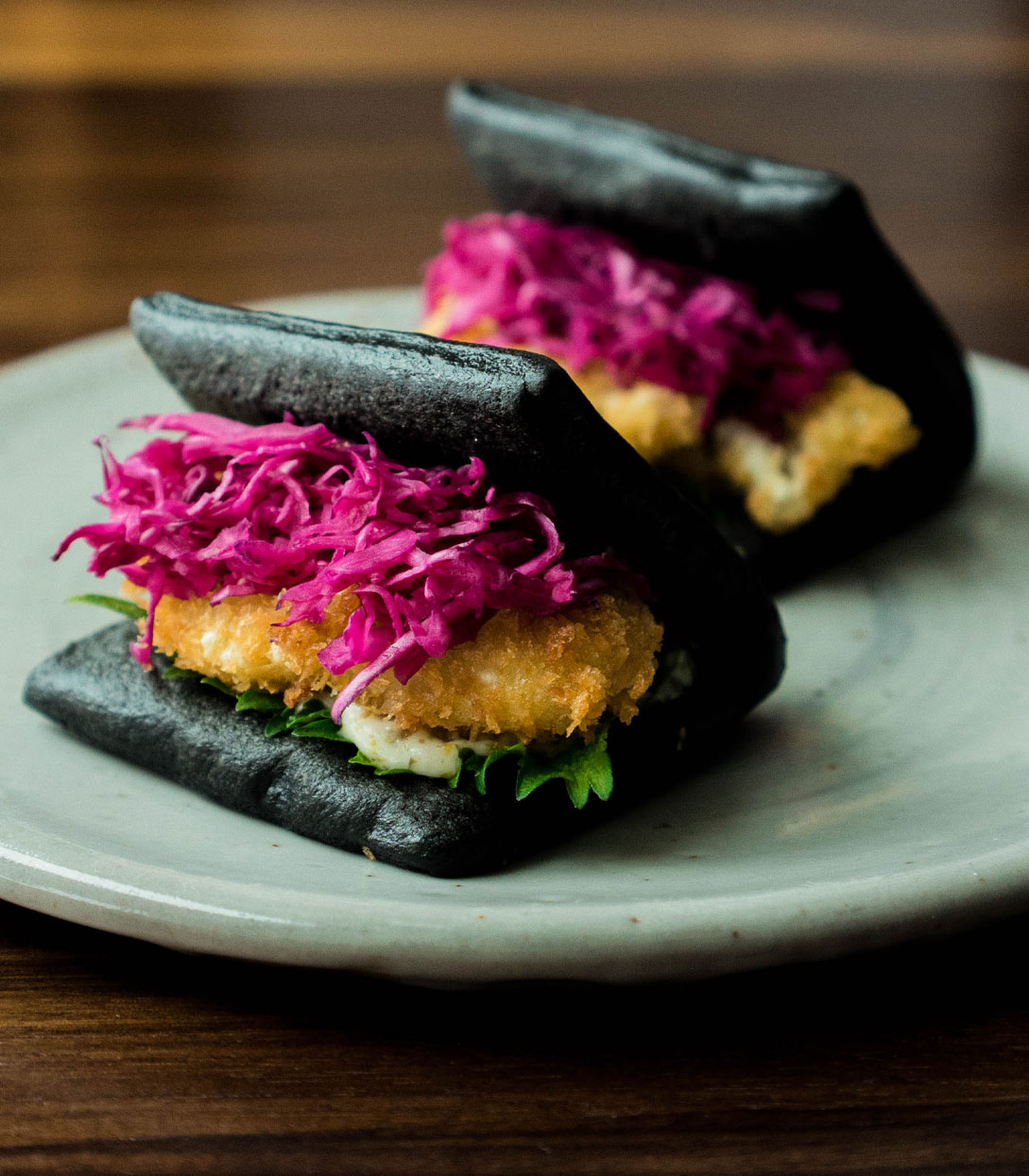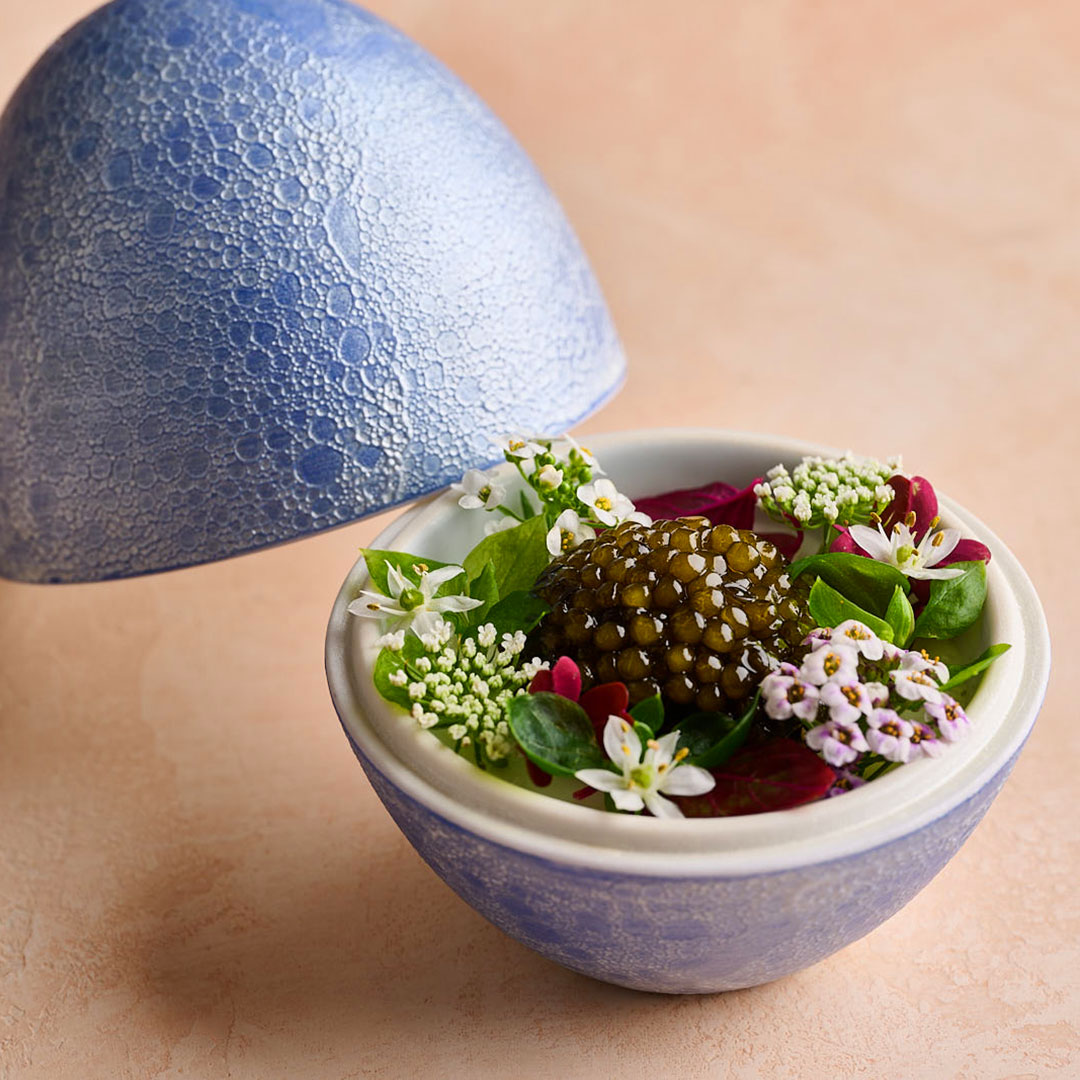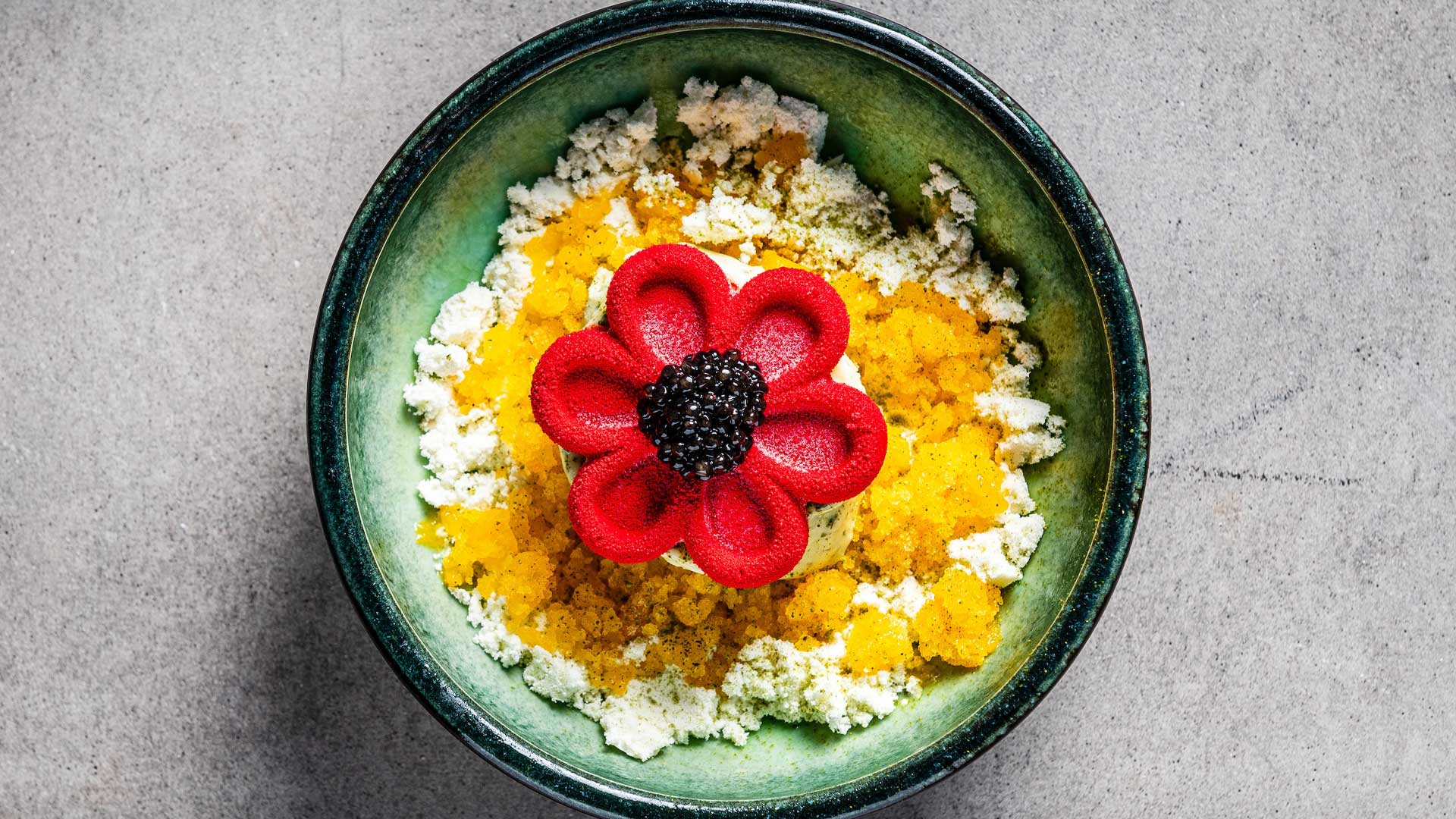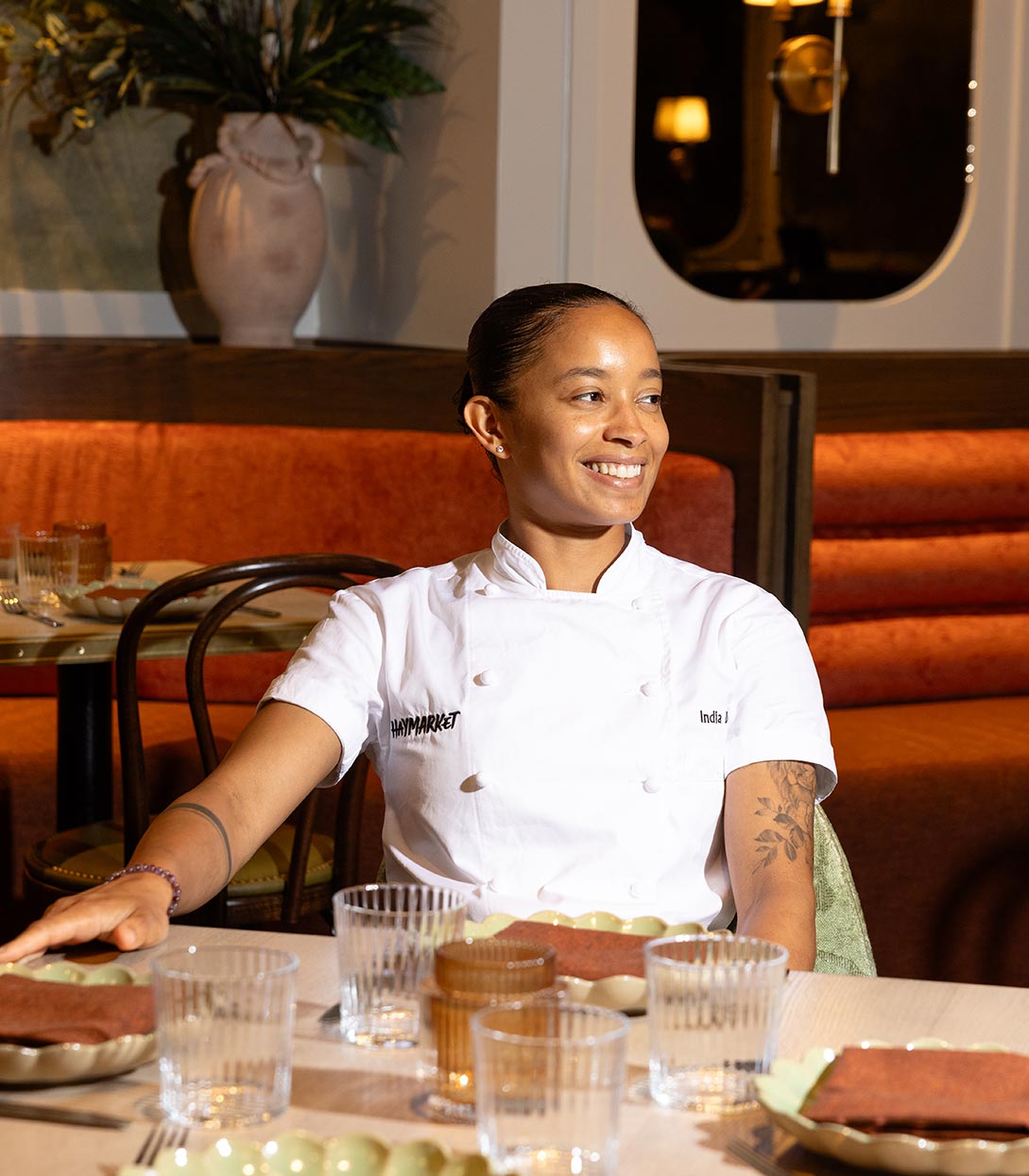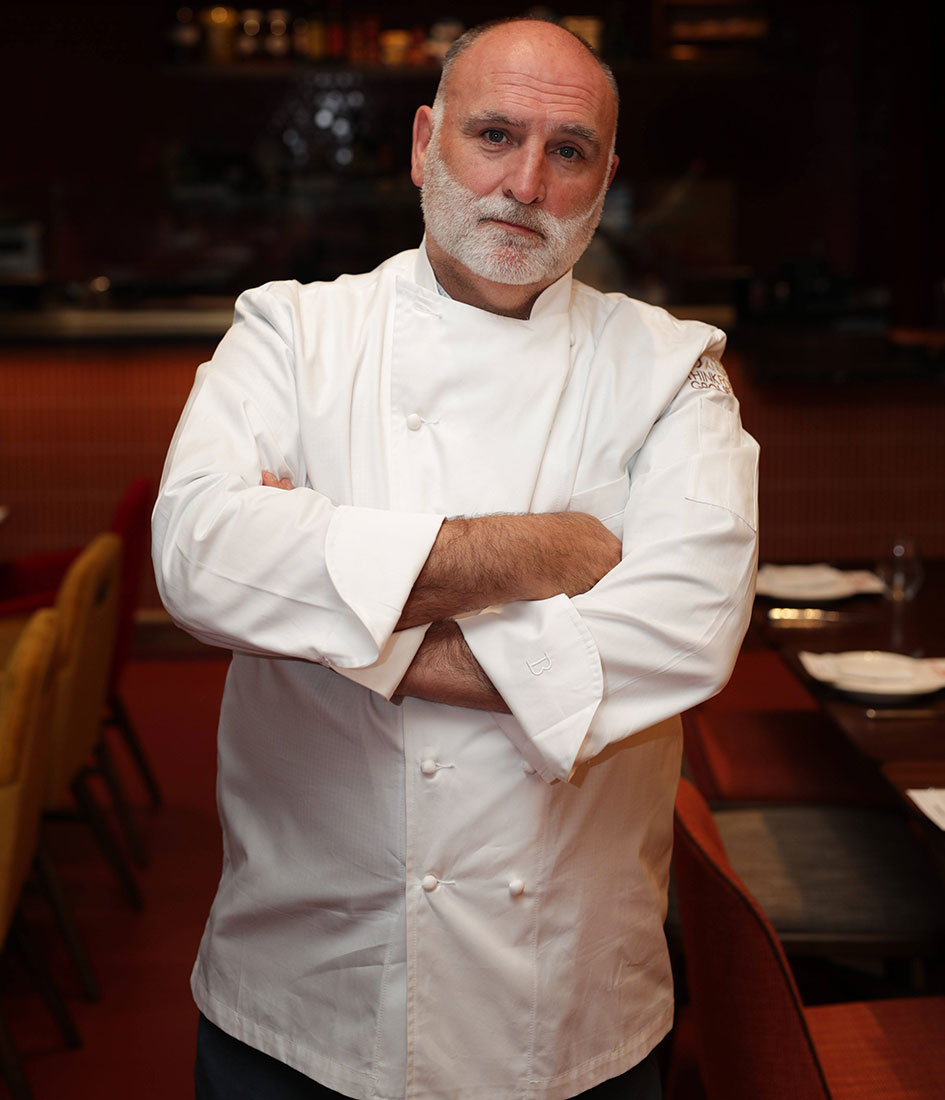In celebration of Earth Day, the MICHELIN Guide spoke with Green Star chefs about the practices they employ in combating climate change and food waste. Our series of interviews, released each Wednesday in April, highlight how chefs are taking measures to educate and inspire diners on making better choices in their daily lives.
With over 119 billion pounds of food wasted in the United States annually according to non-profit Feeding America, the need for innovative solutions is imminent. From no-choice menus sourced locally, to the world’s first zero-waste restaurant, it's clear the future of the culinary world is headed toward greener pastures. And for these restaurants, the future is now.
What happens when you eliminate the waste bin in a restaurant? When artist and Future Food System founder Joost Bakker asked Douglas McMaster this question in 2011, sustainable practices in the culinary world were still uncommon. But to eliminate the bin entirely? For McMaster, it was a no brainer. Ten years on, Silo, the world’s first zero-waste restaurant, continues to wow guests with its food, but also with their gastronomic innovation continually driving the world forward and towards a greener future.

So what exactly is a zero-waste restaurant? To qualify, a restaurant must divert 90% or more of its waste from going into the trash. “Everything remaining, in theory, would be natural, and therefore compostable,” McMaster explains. For Silo, about 95% of its waste is diverted through two means—the menu and the materials.
The first is a hyper-local menu using fresh produce directly from local farmers, eliminating the need to visit traditional retailers. “If we rely on supermarkets and wholesalers, it’s only going to exacerbate industrial agriculture,” McMaster said in an interview last year with the Financial Times. Industrial agriculture, according to the Natural Resources Defense Council, is the large-scale intensive production of crops and animals, often involving chemical fertilizers or the routine, harmful use of antibiotics. "It puts us at the mercy of the weather, but it just means that our chefs have to be as intuitive as Jedi knights.”
The second involves receiving deliveries and produce in re-usable or biodegradable materials. Currently, food and food packaging materials make up almost half of all municipal solid waste. In eliminating single-use food packaging, Silo is minimizing waste, but also eliminating harmful chemicals.
However, this is just part of the story. McMaster's commitment to on-site farming—they have their own flour mill and on-site brewery—means he and the team are able to make their own flour and oat milk, roll their own oats, churn their own butter, and create natural fermented drinks. Combined with the above and Silo hits the 95% mark.
“Waste is a failure of the imagination”

“It’s this struggle that gives birth to creativity and defines who we are,” explains McMaster on his Silo's commitment to zero waste. One example of their innovation is Silo’s ‘RawGlass’, an upcycled glass made from used wine bottles that are crushed into dry glass sand, before being melted in a kiln to create plates, tiles, crockery, and tableware.
But, upcycling at Silo doesn’t stop there. Polyester packaging has been reformed into the bar surface, pendants are made from leftover seaweed from seaweed broth, lights are from used wine bottles, tables and stools from mudroom mycelium, and plastic bags are transformed into beautiful plates. Even the chef’s knife is made from milk bottle tops and leftover nitrous oxide canisters. “Without these closed loops, zero waste couldn’t be achieved.”

On the plate, McMaster and his team whip up equally compelling treats that are as original as they are flavorful. "The Pumpkin Seed ice cream is my favorite," says McMaster, adding, "[it was] originally an accident." Six years on the menu and it's become a favorite of chef and diners alike. "We were inspired by Japanese furikake, [but] making our own with local ingredients." The resulting confection is made from overly loose pumpkin seed butter that's spun in an ice cream machine. "The ice cream gets rolled in the furikake and served with fig leaf oil. It's so exquisite, it's made guests cry." Tears aside, McMaster again proves how even the dishes continue to close the loop. "It’s a marvelous metamorphosis and a demonstration that waste is a failure of the imagination."
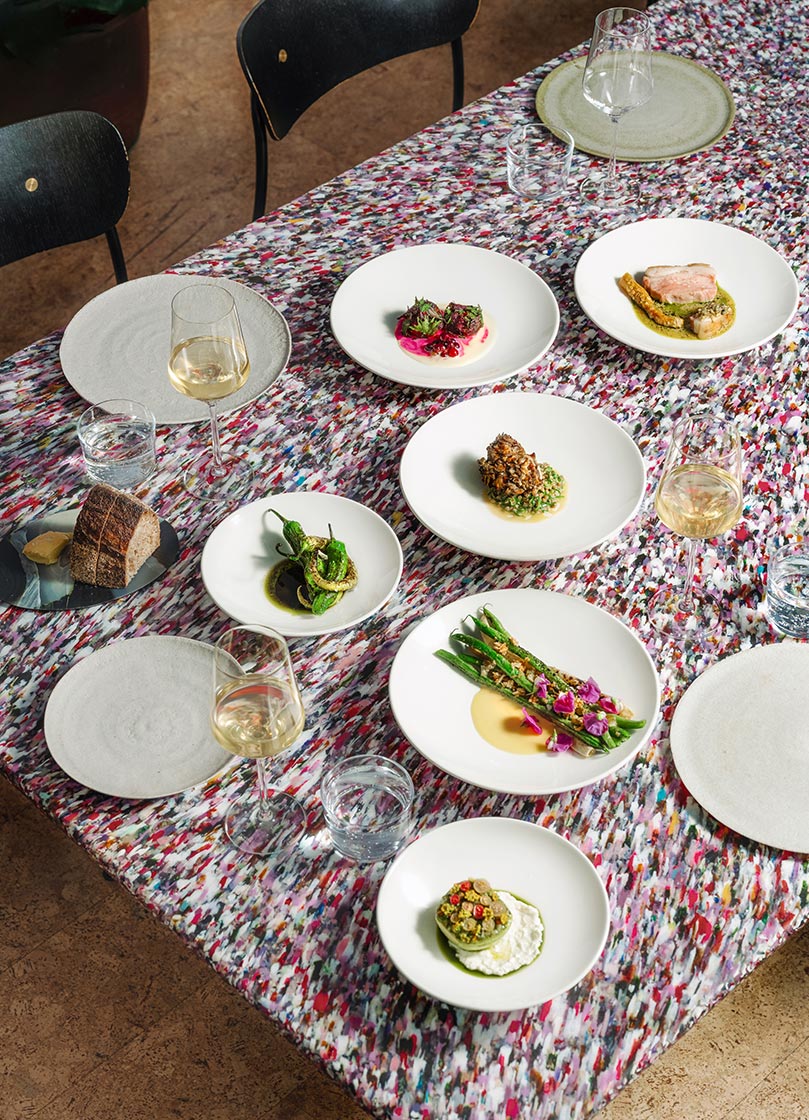
So what's next for McMaster, Silo, and the larger restaurant industry? "We're all challenged with being financially sustainable, so being open to change is the first step," says McMaster. "To redirect our menus into a sustainable direction is overwhelming," he adds, noting, "a big shift [is swinging] with Gen Z. They're all thinking about how cooking is connected to the environment." As for Silo, McMaster is already plotting out his next avant-garde dish and concept. "The culture at Silo is a lot of things, but we're a hub of innovation with the prerequisite of excellence," says McMaster. "That's why we thrive."
Hero image: Courtesy of Silo
All photos courtesy of Silo









